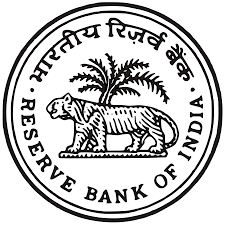The Reserve Bank of India’s (RBI’s ) new norms are set to make taking personal loans costlier in 2024. Besides, it would be tougher to get approval, too. The central bank has directed all regulated entities (REs) to comply with the new rules on or before February 29, 2024.
The RBI’s recent rule change was initiated after it noticed a rampant spike in the applications and approval of unsecured loans in the last few years. As a result, the central bank has decided to increase the risk weight on consumer credit from 100% to 125%.
Earlier, for every Rs 100 lent as a personal loan, the risk weight required to be maintained was 100%, which is equal to Rs 100 in this case. However, as per the new RBI norm, the risk-weightage is 125% of Rs 100, which is Rs 125.
This will result in a hike in the cost of unsecured lending for lenders such as banks and Non-Banking Financial Companies (NBFCs).
The RBI’s guidelines mandate that all lenders are required to hold capital in a certain proportion of the loan amount they lend. So, the riskier the loan, the higher the capital a lender is required to maintain.
Now, as a direct consequence of the RBI raising the risk weightage for personal loans, lenders will have to maintain higher capital reserves for the riskier category.
Typically, a risk weight is the measure used to assess the risk associated with loans. It aids lenders in determining the minimum amount of capital that they need to hold to cover their risk.
Considering personal loans are unsecured in nature, wherein no collateral or security is required to be pledged to avail of the loan, their risk weight tends to be higher.
Besides, to lend more, lenders will need to go to the market to raise more funds. As a result, all RBI-regulated lenders will face a similar situation, leading to a spike in demand for fresh funds. This eventually will lead to a surge in the cost of funds.
To counterbalance this rising cost, lenders will charge higher interest rates from customers by lending personal loans at higher interest rates. The customer will ultimately bear the brunt in the form of higher equated monthly installments (EMIs).
Experts are estimating that the interest rates could increase by up to 1.5% on personal loan interest rates, depending on factors such as loan amount, borrower risk, chosen tenure, etc.
In addition to the higher interest rates on personal loans, the new RBI rules will also make it more difficult to procure loans. The increased risk weights on personal loans might make lenders act cautiously, which could lead to stricter eligibility criteria, which would result in a more rigorous assessment process when it comes to loan approvals.

Rajiv is an independent editorial consultant for the last decade. Prior to this, he worked as a full-time journalist associated with various prominent print media houses. In his spare time, he loves to paint on canvas.





